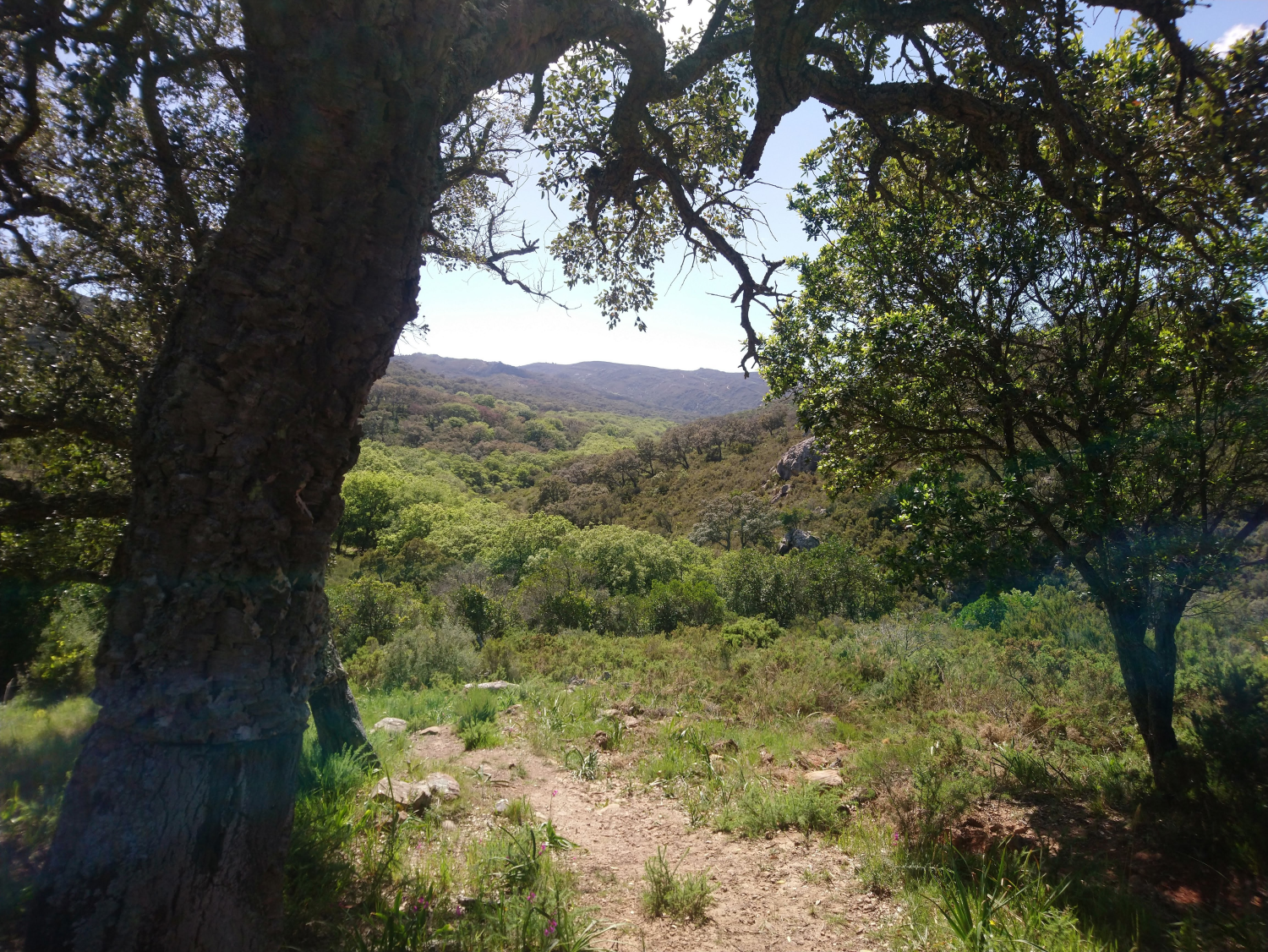Beschreibung
The vegetation of the sandstone Alcornocales is dominated by cork oaks (from which the name is derived) and a mixture of Algerian oak, scrub and heathland with extrusions of rocky crests. The narrow more deeply incised ‘canutos’ found at the bottom of many valleys, however,support trees like Alder, various elms and Narrow-leaved Ash, mosses and ferns and even its own local susbspecies of rhododendron. They are the best places in the region to search out the near-endemic Iberienzilpzalp. Another bonus is that on days when the Spanish sun is at its most blistering worst they form a blissfully cool retreat from the harshness of late spring and summer. One of the best and most accessible of these canutos is the Valledelinfierno.
Details
Zugang
The Valledeinfierno is signposted off the service road between Junctions 73 and 77 of the A 381. There's a convenient car park at the start of the route and another further along the track. Part of the route is suitable for wheelchair users.




